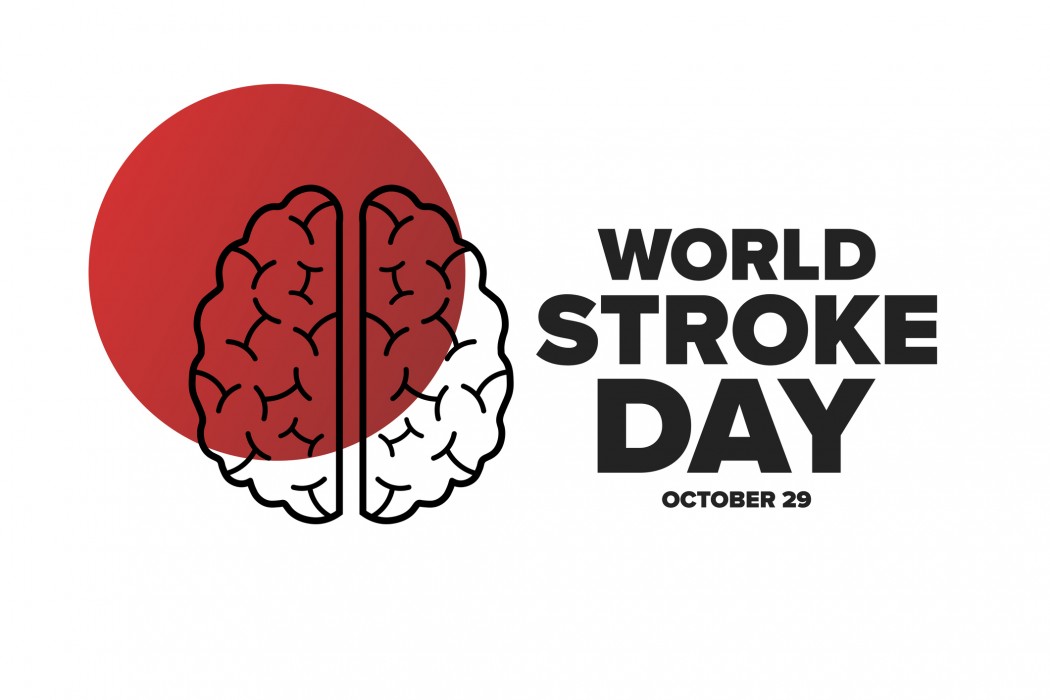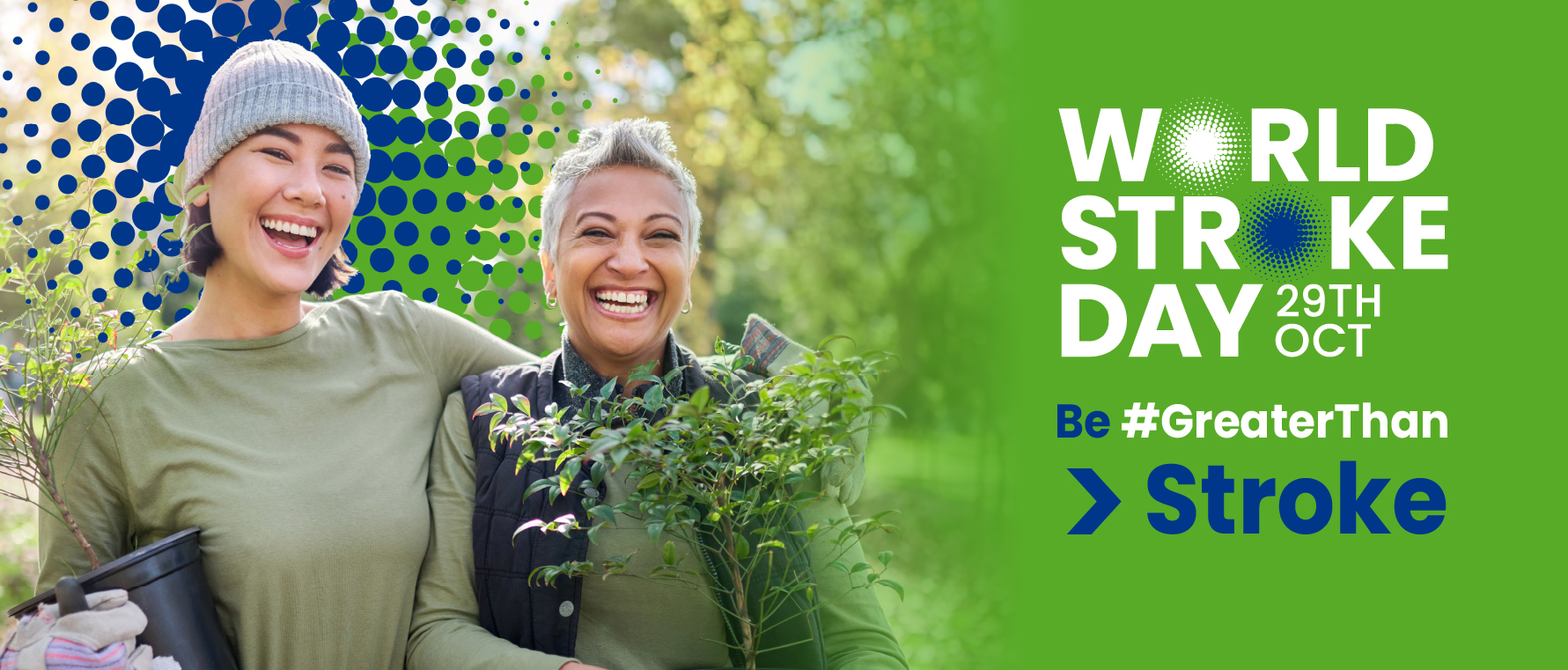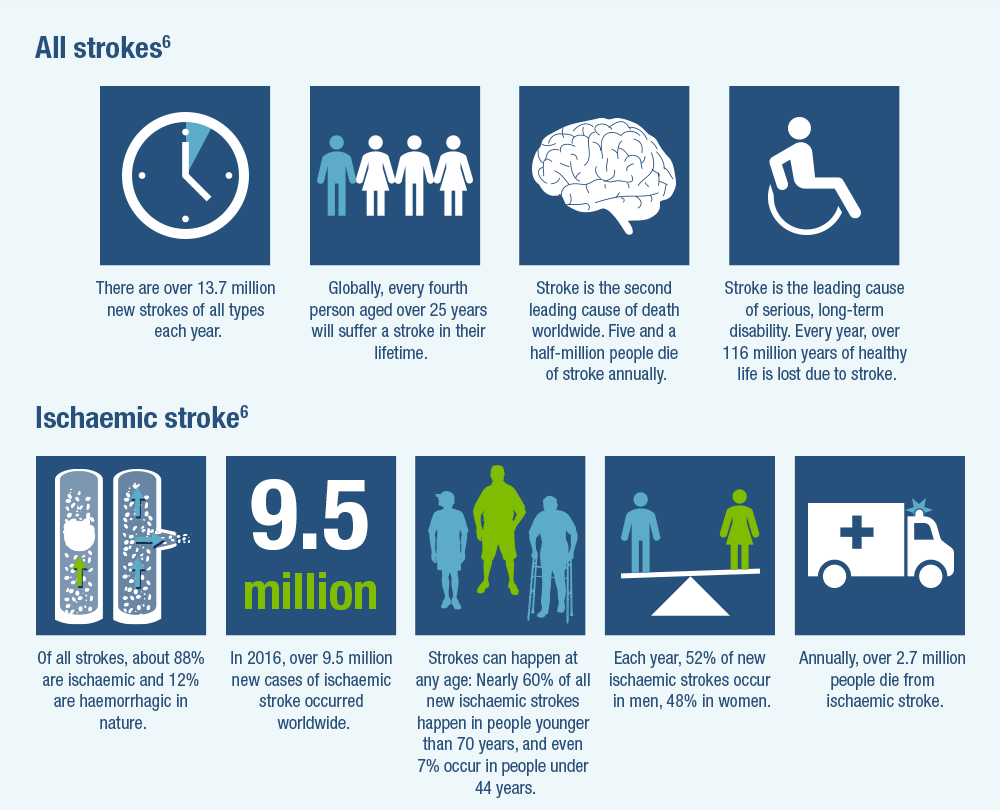Overview
World Stroke Day (WSD), observed annually on October 29th, is a powerful reminder of the gravity and prevalence of strokes. The day is a crucial platform for amplifying awareness regarding stroke prevention and treatment.

World Stroke Day
History of World Stroke Day
In the 1990s, the European Stroke Initiative suggested dedicating a day to stroke awareness. However, due to financial limitations, the project initially restricted its reach to Europe. The European Stroke Organization established its awareness day on May 10th.
Subsequently, on October 29th, World Stroke Day was officially designated. This global event was instituted in 2004 during the World Stroke Congress in Vancouver, Canada.
Under the leadership of Dr. Vladimir Hachinski, a working group was formed, resulting in the formal establishment of the World Stroke Proclamation in October 2006.
Concurrently, as the World Stroke Federation and the International Stroke Society merged, the responsibility for World Stroke Day transitioned to the newly formed World Stroke Organization.

In 2009, recognising the need for a more sustained approach, the WSO leadership expanded its focus from a single awareness day to a year-round campaign.
This strategic shift aimed at continually enhancing public awareness regarding critical aspects of stroke recognition, prevention, and treatment. The inaugural campaign, “1 in 6,” was launched by WSO in 2010, marking a milestone in their ongoing efforts to address the global impact of strokes.
The theme for World Stroke Day in 2023, “Together we are #Greater Than Stroke,” underscores the collective effort required to combat this health challenge.

Stroke Prevention
The power to prevent strokes is in our hands, as 90% of strokes are linked to 10 risk factors within our control. Taking proactive measures against these factors can significantly reduce the likelihood of experiencing a stroke. It’s a compelling reminder that small, positive changes in lifestyle and health choices can have a profound impact on our overall well-being.
According to the WSO, in stroke prevention, understanding and addressing key risk factors can be pivotal.
- Diet: Emphasising the importance of a balanced and healthy diet as a preventive measure against strokes.
- Smoking: Highlighting the significance of quitting smoking to reduce the risk of stroke.
- Alcohol: Advocating for moderation in alcohol consumption for stroke prevention.
- Stress and Depression: Shedding light on the role of stress management and mental health support in stroke prevention.
- Diabetes: Stressing the need for effective diabetes management as a preventive strategy.
- High Cholesterol: Communicating the importance of maintaining healthy cholesterol levels for stroke prevention.
- Exercise: Encouraging regular physical activity and exercise for lowering stroke risk.
- Hypertension: Underscoring the significance of monitoring and managing high blood pressure in stroke prevention.
- Atrial Fibrillation: Bringing attention to addressing irregular heart rhythms, particularly atrial fibrillation, in the context of stroke prevention.
Why is World Stroke Day important?
Stroke stands out as one of the most devastating neurological conditions, contributing to around 5.5 million deaths worldwide annually and resulting in the loss of 44 million disability-adjusted life-years.
The global population older than 65 is projected to grow by about 9 million individuals each year, reaching an estimated 800 million people, with two-thirds residing in developing regions, particularly in Latin America and Asia, by 2025.

In India, the average incidence rate of stroke is reported to be 145 per one lakh (100,000) population. Researchers highlight that every minute, three individuals in India experience a stroke.
It’s disheartening to note that stroke retains its position as the second leading cause of death and the third leading cause of both death and disability combined, as measured by disability-adjusted life-years lost (DALYs) on a global scale.
In a recent survey, a significant majority of respondents, 93%, were able to identify sudden numbness on one side as a symptom of a stroke. However, only 38% demonstrated awareness of all significant symptoms and the importance of dialling the ambulance when someone is experiencing a stroke.
By emphasising the impact of strokes on individuals and communities, World Stroke Day contributes to a collective effort to reduce the incidence of strokes and improve outcomes through early detection and intervention. The day plays a vital role in fostering a deeper understanding of the challenges associated with strokes, promoting research, and advocating for policies that enhance stroke care and support.
If you found this post insightful, you may also like:
Sedentary Threat: Ignite Health With a 22-Minute Workout











